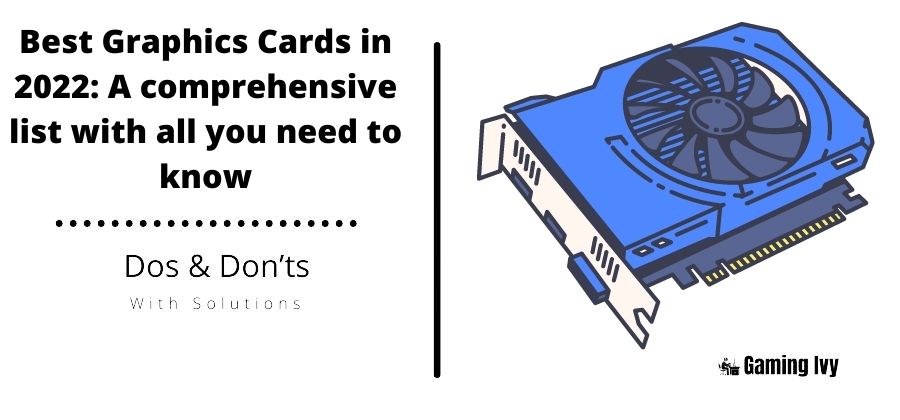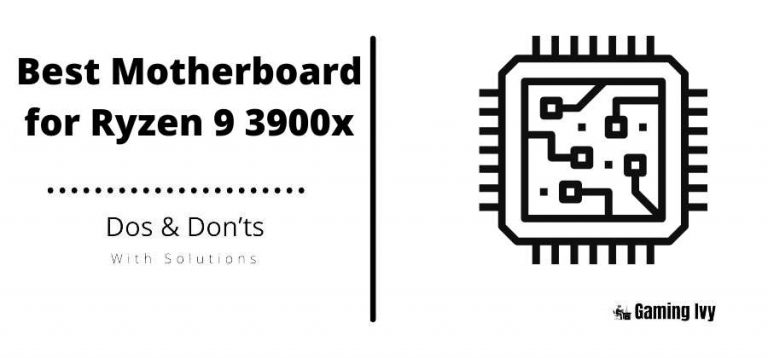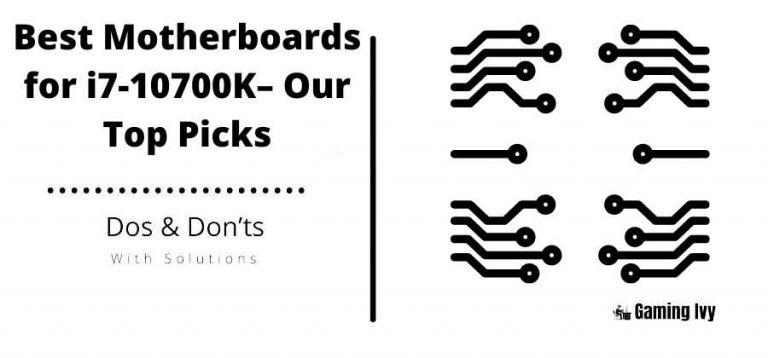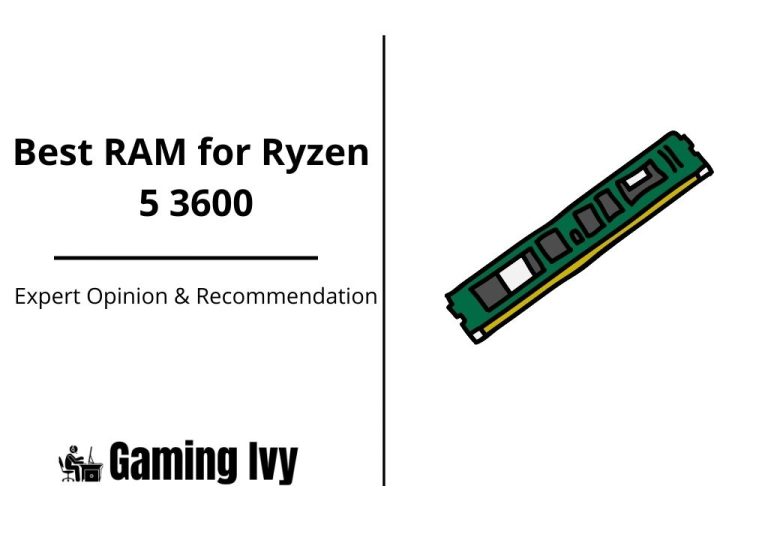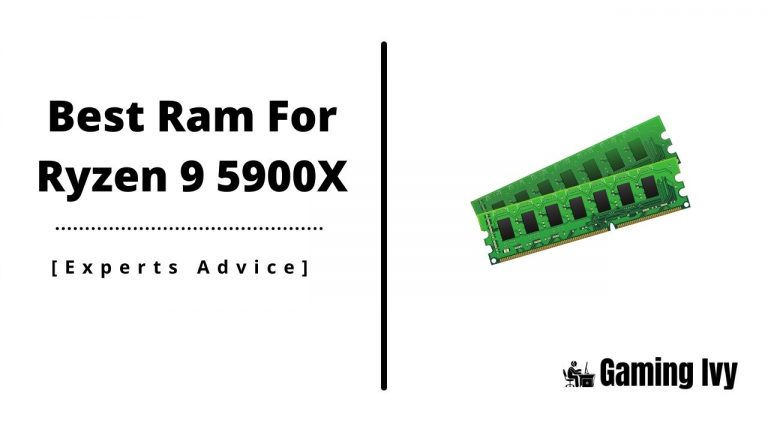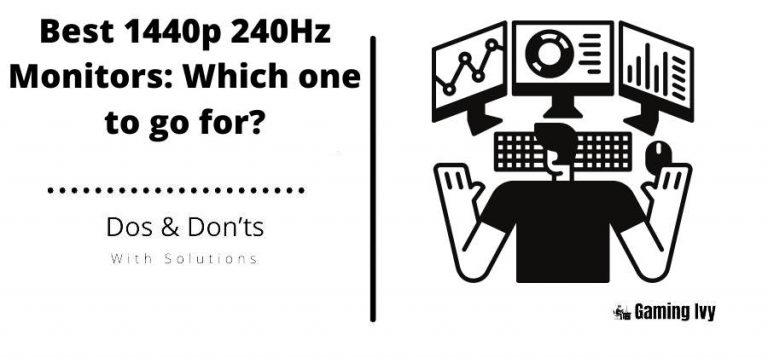Best Graphics Cards in 2023: A comprehensive list with all you need to know
The most excellent graphics cards are now exotic beasts, but stock is anticipated to return throughout the holiday season. It was nearly hard to find a new GPU only a few months ago, but that fight may soon be over.
And, while GPU prices change a lot as supply and demand balance out, we do offer some pointers on how to buy the best graphics cards in 2023 if you’re still stuck.
Even though the Covid-19 and cryptocurrency revolutions (among other things) have pushed the GPU markets to their breaking point, we’ve managed to test every single graphics card from the latest generation.
Each has been rigorously tested on our test bench, with complete in-depth analysis analyzing thermal performance, power draw readings with specialist instruments, and average frequencies and frame times.
One of our fundamental discoveries is that the GPU scene is finally becoming competitive. The latest GPU Radeon RX 6800 XT release made it a lot more exciting, as Nvidia and AMD are now going for the title of the best GPU in 2023. Intel will join the fray with its Arc Alchemist graphics card next year. That has the potential to cause a major upheaval.
Nvidia’s Ampere development has upped the ante standard for any potential competitors. The GeForce RTX 3080 and GeForce RTX 3070 GCs are two of the most powerful graphics cards available on the market today, and AMD is also not so far behind with the Radeon RX 6800 XT, which challenges the RTX 3080’s excellent graphical efficiency at the top end.
Table of Contents
The Best Graphics Cards in 2023
Nvidia GeForce RTX 3080
Okay, the RTX 3080 is now as scarce as pigeon eyelashes, but still, without any doubt that Nvidia’s new RTX 3080 is the most incredible graphics card available on the market today.
It is a significant generational performance improvement over the preceding RTX 20-series. When compared to the RTX 2080 or 2080 Super, it’s fantastic, but when you think that this nominally $699 card can not only match but much surpass the $1,200 RTX 2080 Ti, it sinks in.
The difference it has made to ray-tracing efficiency is what truly leaps out from our tests. The older version of ray tracing-capable GPUs needed a significant frame rate compromise that most users avoided using them. However, that is usually the norm with this version.
If you can obtain ray-traced performances that outperform the fps you’d get from the best card in the RTX 20-series without it, you know you’re dealing with a completely different thing. And, surprisingly, the RTX 3080 can play Crysis.
Nvidia accomplished this by including a lot more CUDA cores in its 8nm GPU, as well as upgraded Tensor Cores (for other DLSS fun) and second-generation RT Cores to generate the ray-traced beauties.
The RTX 3080 may require more power (at least an 850W PSU) and be difficult to obtain, but it is the most wanted graphics card available today. That’s probably why it’s so difficult to obtain.
Specifications
CUDA cores: 8,704
Base clock: 1,440 MHz
Boost clock: 1,710 MHz
TFLOPs: 29.76
Memory: 10GB GDDR6X
Memory clock: 19 GT/s
Memory bandwidth: 760 GB/s
Why is it considerable?
- No need to sacrifice for ray tracing
- Even 2080 Ti seems average in front of this
- Extraordinary gen-on-gen efficiency
Why is it not?
- Requires a big PSU
- Very high in demand
Nvidia GeForce RTX 3060 Ti
Until now, the RTX 3060 Ti’s most OK value Ampere is quite similar to the RTX 3070. Both use the same GA104 GPU (the RTX 3060 Ti has a lesser number of SMs enabled) and the same 8GB of GDDR6 memory via a 256-bit bus.
While the RTX 3060 Ti has a lower core count by 17 percent, it compensates with more conservative GPU Boost frequencies.
This helps to explain why, while running at a silicon deficit, the RTX 3060 Ti may be within 17 percent to only single digits of the RTX 3070. Not bad for a $399 card (if you can find it for that price).
If you want the calculations, here it is: At $399, the RTX 3060 Ti is 20% less expensive than the RTX 3070, meaning performance per dollar is higher with the smaller graphics card.
That’s why we like it so much; it’s a terrific GPU for the complete range of resolutions and also has good ray tracing capability thanks to second-generation RT Cores.
If the RTX 3080 or RTX 3070 appear out of reach, the RTX 3060 Ti is a solid substitute. Perhaps the most fantastic aspect of this graphics card is its comparison to the 20-series generation: it outperforms the RTX 2080 Super in almost every test.
Specifications
CUDA cores: 4,864
Base clock: 1,410 MHz
Boost clock: 1,665 MHz
TFLOPs: 16.20
Memory: 8GB GDDR6
Memory clock: 14 GT/s
Memory bandwidth: 448 GB/s
Why is it considerable?
- Something a little less costly
- 2080 Super performance
- Under $400
Why is it not?
- The 12-pin power connector is very annoying
- It doesn’t work good on 4K
AMD Radeon RX 6900 XT
The RTX 3090 may have landed undefeated at the top of the graphics performance ladder, but it wouldn’t be long until AMD stirred up a contender in the form of the RX 6900 XT, or ‘Big Navi.’
The RX 6900 XT is up to making the Ampere’s best cards from their perch and sending them down to Earth, falling from high. And it comes even close, too, with 4K quality that is slightly slower than the RTX 3090—all for one-third the price.
As a result, it’s simply the superior product to buy for any PC player who doesn’t have any pro-creator intentions. But there’s a reason it’s not ranked first in our graphics card guide right now, and that’s because it’s not that good compared to the RTX 3080, and sometimes not even at all.
It adds $300 to the RTX 3080’s pricing, and you’d expect better performance in both rasterized and ray tracing workloads. However, its ray-tracing acceleration always falls behind the competitors.
However, the RX 6900 XT provides certainties that the RTX 3080 does not, such as its 16GB of GDDR6 memory, which is 6GB more than the green team card’s 10GB of (faster) GDDR6X memory.
With that in mind, the RX 6900 XT is a cheaper option than the RTX 3090 for pure gaming, but it is still a victim of its high price tag.
Specifications
RDNA cores: 5,120
Base clock: 1,825 MHz
Boost clock: 2,250 MHz
TFLOPs: 23.04
Memory: 16GB GDDR6
Memory clock: 16 GT/s
Memory bandwidth: 512 GB/s
Why is it considerable?
- Less costly
- Sometimes performs like full RTX 3090
Why is it not?
- Sometimes lags even worst than the RTX 3080
- Average ray tracing performance
AMD Radeon RX 6800
The plain RX 6800 seems nearly cast adrift as the only AMD RX 6000-series card to emerge without undercutting a direct Nvidia Ampere counterpart. It’s an odd scenario because we’ve always been eager to suggest the second string of any Radeon release.
AMD often releases main series cards in pairs, one with the full power of the new GPU and a backup card with a somewhat reduced chip.
They usually function at a comparable level for a lot less money. Except for this moment, the performance discrepancy is rather considerable, and the price difference is insufficient to overcome the problem.
You also have the RTX 3070, which is $80 less expensive than this RX 6800 card. Sure, the RX 6800 outperforms the less costly Nvidia card on occasion, but for the money, you’d want the only modestly more expensive RX 6800 XT because it’s considerably quicker. If I spent this much money on a new GPU, the extra $70 would be well worth it.
The RTX 3070 also comes with Nvidia’s extensive gaming environment. While ray tracing may be considered a luxury, DLSS is a fantastic performance-boosting feature that AMD has yet to match.
However, it must be stated that, even from the implications of its position in the stack, the RX 6800 is still an extraordinary card. This device gives the $1,200 RTX 2080 Ti a run for its money.
Specifications
RDNA cores: 3,840
Base clock: 1,700 MHz
Boost clock: 2,105 MHz
TFLOPs: 16.17
Memory: 16GB GDDR6
Memory clock: 16 GT/s
Memory bandwidth: 512 GB/s
Why is it considerable?
- Stellar 1440p card
- Often outperforms cheaper RTX 3070
Why is it not?
- It doesn’t compare well to the RTX 3070
- Unexciting ray-tracing performance
Nvidia GeForce RTX 3090
This massive graphics card is potent, but it is significantly more appropriate for Titan credentials than GeForce. It’s not designed for the ordinary player. Instead, it is aimed at creative workers and compute-intensive application acceleration, which explains why it is not cheap.
As massive in price as it is in stature, everyone’s question is: Is it worth it? No, not for gamers. It’s not that much faster than the RTX 3080. However, for pro-creators for whom time is money and where reduced render time has a direct link with how much they can earn, the RTX 3090 shines.
As a result, we’ve placed this card towards the bottom of our list, but because we know PC gamers would certainly spend obscene sums of money to save face and assure bragging rights, it’s still worth a mention. After all, whether it’s a reasonable price or not, it’s the most powerful gaming graphics card on the market right now.
Specifications
CUDA cores: 10,496
Base clock: 1,395 MHz
Boost clock: 1,695 MHz
TFLOPs: 35.68
Memory: 24GB GDDR6X
Memory clock: 19.5 GT/s
Memory bandwidth: 935.8 GB/s
Why is it considerable?
- Confidently top of charts
- Massive memory buffer
Why is it not?
- Not really for gamers
- RTX 3080 isn’t far behind
Read More:
- Best Low-Profile Mechanical Keyboards
- Best 1440p 240Hz Monitors
- A good gaming laptop under 600
- Best Palm Grip Gaming Mice
Is there a simple way to acquire a new graphics card?
It’s not for everyone, but buying a prebuilt gaming PC is the best way to assure you get a graphics card this year and a contemporary one at a price near MSRP. If you’re planning a comprehensive rebuild shortly, it’s something to think about. System makers appear to have a more consistent supply of graphics cards, and while some still anticipate delays, you are assured a PC with a GPU in place eventually.
Which one is better, GTX or RTX?
The older GTX prefix is currently used to designate older Nvidia graphics cards that lack the additional AI and ray-tracing hardware found in RTX-level GPUs. This RTX prefix was launched three years ago with the RTX 20-series, and it indicates which devices have GPUs with both Tensor Cores and RT Cores, which are required for legitimate ray tracing and Deep Learning Super Sampling.
Is ray tracing only for RTX cards?
The RTX prefix is solely used to identify cards that have Nvidia GPUs with specialized ray tracing hardware. However, they still utilize the same DirectX Raytracing API developed by Microsoft and used by AMD’s rDNA 2 GPUs. These AMD GPUs can offer accurate ray tracing at a higher functionality cost than Nvidia GPUs. Best Graphics Cards in 2022.
When Intel’s future Xe-HPG GPUs, used initially in the Alchemist graphics cards, are released early next year, they will also enable ray tracing via Microsoft’s DirectX Raytracing API.

